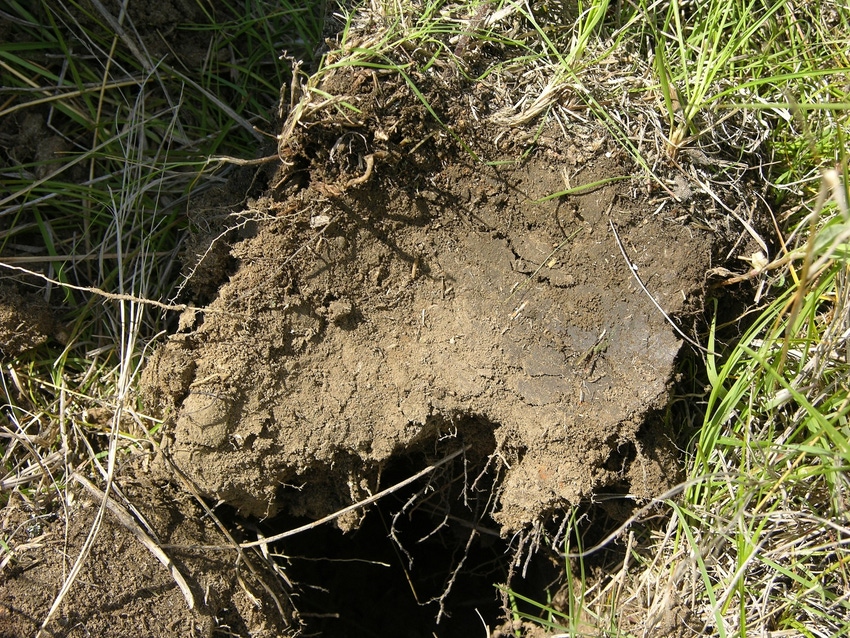
The rhizosphere is defined as the zone of the soil that surrounds plant roots. Many of us have thought and possibly been taught that roots are necessary to support plant life and growth but not real interesting to our cattle operation. That's not true.
Truth is the rhizosphere should be alive and healthy with loads of life, but is often sick and sparsely populated. Changing that for the better is an interesting and financially rewarding task.
Our knowledge, understanding and management of the rhizosphere and our soil has a big impact on cattle health and our economic health. There has been a large increase in knowledge and understanding of these systems in the past few years of which we can take advantage.
Root exudates have been studied and found to be capable breaking (dissolving) rock and bringing it into the active soil profile. This is important in growing new soil. Recently I reviewed papers from Kentucky, Illinois and Indiana concerning the dissolution and remediation of what is called “fragipan” with root exudates and their management.
Fragipan is defined as a near impervious aluminosilicate and iron layer that is commonly found six to 30 inches below the soil surface. It stops water infiltration and most root growth and is a problem in limiting plant and animal production and inducing drought and flooding and ponding in our pastures. Shallow soil limits moisture-holding capacity as does low soil organic matter, lack of microbes and low levels of other soil life and diversity. Bugs die when the soil dries out or is covered with water. Growth of the plant community tends to cease. Solar energy for plant energy and growth has poor efficacy during the conditions above. The elimination of the extremes, such as very dry or wet, results in a tremendous decrease of good growth days. Remember that when we increase and extend the growing season we have shortened the non-growing season. This is very important.
Recently I spoke with Lloyd Murdock, an agronomist at the University of Kentucky who has led a team who has worked with using plants and their roots and root exudates to dissolve the fragipan. They do not claim to have all the answers but have found that some plants (annual ryegrass being one), when allowed to mature to a significant degree before severe grazing or chemically killing, penetrates the pan to the extent of four to eight inches. Then, their root exudates following severe use (high-density grazing) dissolves the pan complex and extends the soil depth in later moisture penetration and retention.
This boom-and-bust management has a cumulative effect over long periods of time. A couple of natural model keys in this process are:
Increase in plant species diversity per acre.
Increased biomass accumulation (tonnage) .
Increase in plant density.
Increased root growth.
Increase in soil life.
Complete recovery before grazing.
Maintenance and processing of litter.
Increase of soil carbon.
Short-timed, severe grazing.
The truth is, everything is in relation to and at least somewhat effects everything else. Some plant roots have the ability to pressure their way through near impervious materials and actually do so rather rapidly. An often missing natural key in this solution is short-timed, high-density grazing following complete plant recovery and growth.
Researchers north of me are showing and have documented almost 10% annual production increases for nearly 15 consecutive years. This is quite similar to what our pastures have shown us with boom and bust management. Our increases have likely been faster and bigger than in a cash crop system.
I hope many of you can utilize this work.
About the Author(s)
You May Also Like






